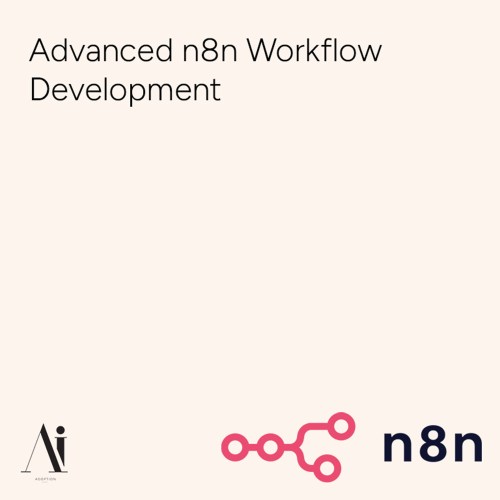
As artificial intelligence reaches deeper into the realms of cognition, meaning-making, and autonomous reasoning, new concepts are emerging that challenge traditional boundaries—exploring how AI can learn from existence itself, generate symbolic understanding, evolve beyond human-centric models, build coherent worldviews, and even craft narratives or myths. In this installment, we explore five cutting-edge ideas: from Existential Reinforcement Learning, where agents learn through simulated "life experience," to Artificial Mythopoetic Intelligence, where AI generates culturally meaningful stories and symbols. These innovations reflect a shift toward AI systems that not only compute and generate but also interpret, imagine, and construct meaning in ways previously reserved for human cognition.
Existential Reinforcement Learning
ELI5 – Explain Like I'm 5
It’s like learning life lessons by trying things out and seeing what feels right—AI learns not just to win, but to understand its own role.
Detailed Explanation
Existential Reinforcement Learning is a forward-looking extension of traditional reinforcement learning that incorporates intrinsic motivations related to environmental awareness, self-modeling, and long-term purpose. Instead of focusing solely on external rewards, agents develop strategies by considering their evolving identity and place within the environment.
Real-World Applications
This emerging concept is explored in autonomous exploration, philosophical AI simulations, and long-horizon planning in open-ended environments.
Semiotic Emergence in Neural Systems
ELI5 – Explain Like I'm 5
It’s like when ants start building something together without being told—they create their own hidden language.
Detailed Explanation
Semiotic Emergence in Neural Systems refers to the spontaneous development of symbolic structures within deep learning models as they interact with complex environments. These symbols arise naturally during training and enable higher-level abstraction and communication between neural components.
Real-World Applications
This phenomenon is actively researched in emergent communication, AI-driven semiotics, and multi-agent coordination frameworks.
Posthuman Cognitive Architectures
ELI5 – Explain Like I'm 5
It’s like designing a brain that doesn’t think like a human, but still makes sense and solves problems in new ways.
Detailed Explanation
Posthuman Cognitive Architectures are conceptual AI designs that go beyond human-like reasoning patterns, embracing novel forms of cognition optimized for non-human goals, scales, or environments. These architectures aim to support superhuman generalization and adaptive intelligence.
Real-World Applications
This is a speculative research direction applied in AGI development, synthetic reasoning, and AI systems designed for extreme environments such as space or the deep sea.
Ontological AI Frameworks
ELI5 – Explain Like I'm 5
It’s like teaching a robot to understand what “being” means—not just rules, but how things really fit together in the world.
Detailed Explanation
Ontological AI Frameworks involve modeling AI behavior based on structured worldviews or ontologies, allowing agents to reason about categories, entities, relationships, and the fundamental structure of knowledge in a domain.
Real-World Applications
Widely used in semantic AI assistants, knowledge-based reasoning systems, and explainable decision-making tools.
Artificial Mythopoetic Intelligence
ELI5 – Explain Like I'm 5
It’s like telling stories that help people understand life better.
Detailed Explanation
Artificial Mythopoetic Intelligence refers to AI systems capable of generating mythic, symbolic, and narrative structures that resonate with cultural or emotional depth. This goes beyond factual information to storytelling that shapes belief, identity, and shared meaning.
Real-World Applications
This creative and emerging area is explored in AI-driven creative writing, immersive storytelling, and cultural simulation platforms.
Conclusion
This section introduces deeply speculative yet thought-provoking techniques that push AI beyond utility and into the realm of meaning, identity, and worldview construction. From Existential Reinforcement Learning to Artificial Mythopoetic Intelligence, these innovations reflect a growing interest in AI that not only performs tasks but also interprets its environment, constructs meaning, and potentially co-evolves with posthuman cognitive frameworks. As generative AI continues to mature, such capabilities may redefine how we perceive intelligence, creativity, and the role of AI in shaping both technology and culture.
 USD
USD  Swedish krona (SEK SEK)
Swedish krona (SEK SEK)





















